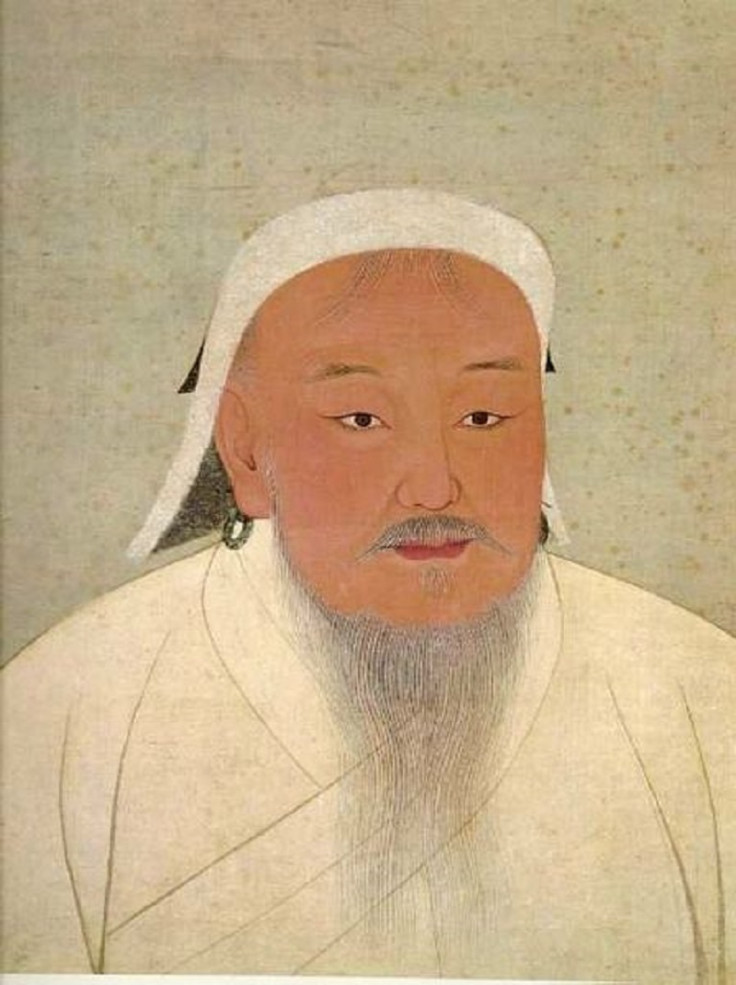Climate change helped Ancient China's Southern Song Dynasty keep Genghis Khan and Mongol Empire at bay

Climate change in the 13<sup>th century could have been a successful factor in helping ancient China's Southern Song Dynasty keep Genghis Khan and his army at bay. During the 13<sup>th century, central, southern and eastern China were among the hottest parts of Asia, the same time the Mongol Empire was reaching its peak.
An international team of scientists from Europe, Japan, Nepal and Pakistan, and led by Shi Feng from the Institute of Geology and Geophysics at the Chinese Academy of Sciences, says the excessive heat helped China become the powerhouse it was at the time as the temperature was beneficial to the mass rice fields, ensuring there was always enough food for its soldiers. The surplus of food also helped the dynasty grow its economy and become a leading figure in technology at the time.
A report published in scientific journal Climate Change says after analysing an abundance of records and data from the period, there was "a distinct warm period over most of China in the 13th century, especially in central and eastern China", the team wrote in their paper. "[The] reconstructed temperatures for central, eastern and southern China ... were significantly higher than for other regions, and were comparable with those of the 20th century," the report continued according to SCMP.
As a result, the Southern Song Dynasty was powerful enough to keep the all-conquering Mongol Empire and Genghis Khan at bay due to the surplus of fresh crops that helped its economy and army boom – at least until 1279 when it was conquered as the empire began to crumble following years of corruption and after it made the mistake of printing enough money to cause inflation to rise uncontrollably, leading to a recession and thus making it vulnerable.
© Copyright IBTimes 2025. All rights reserved.






















